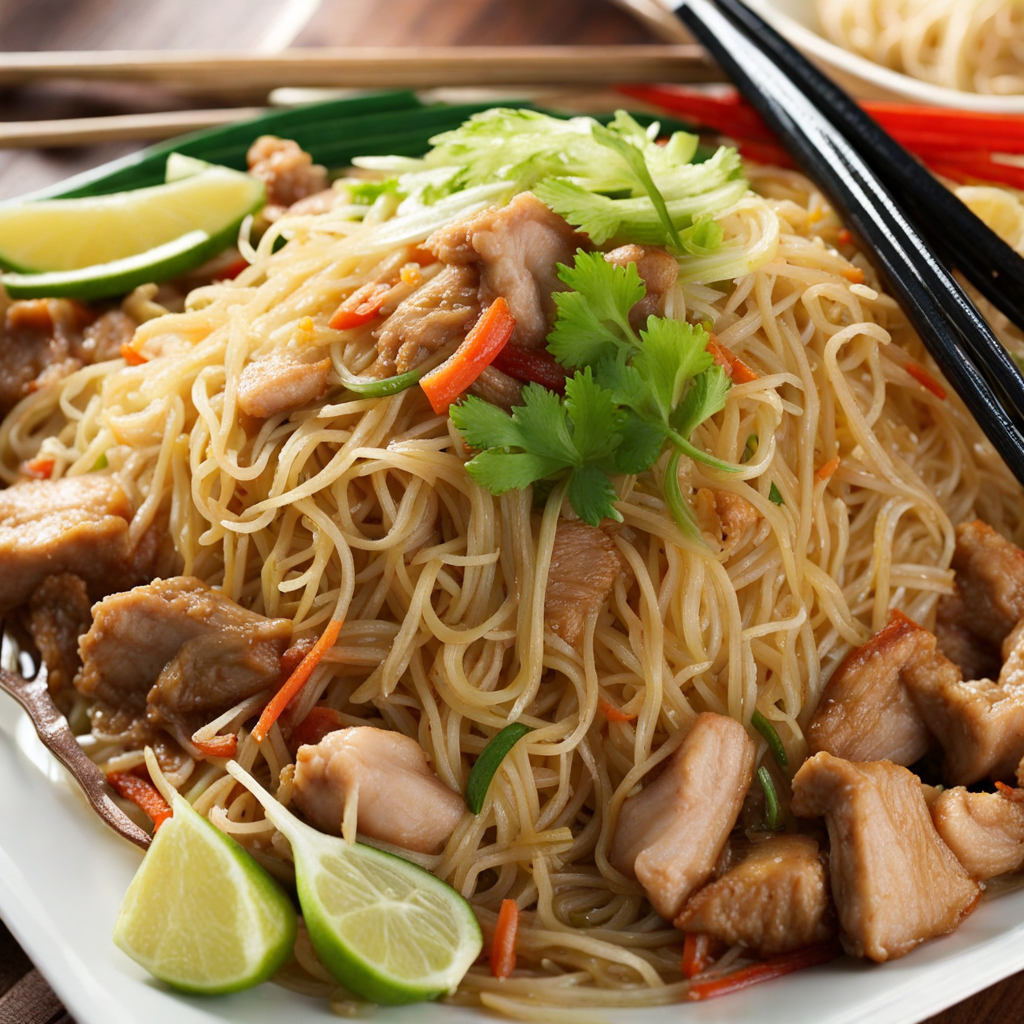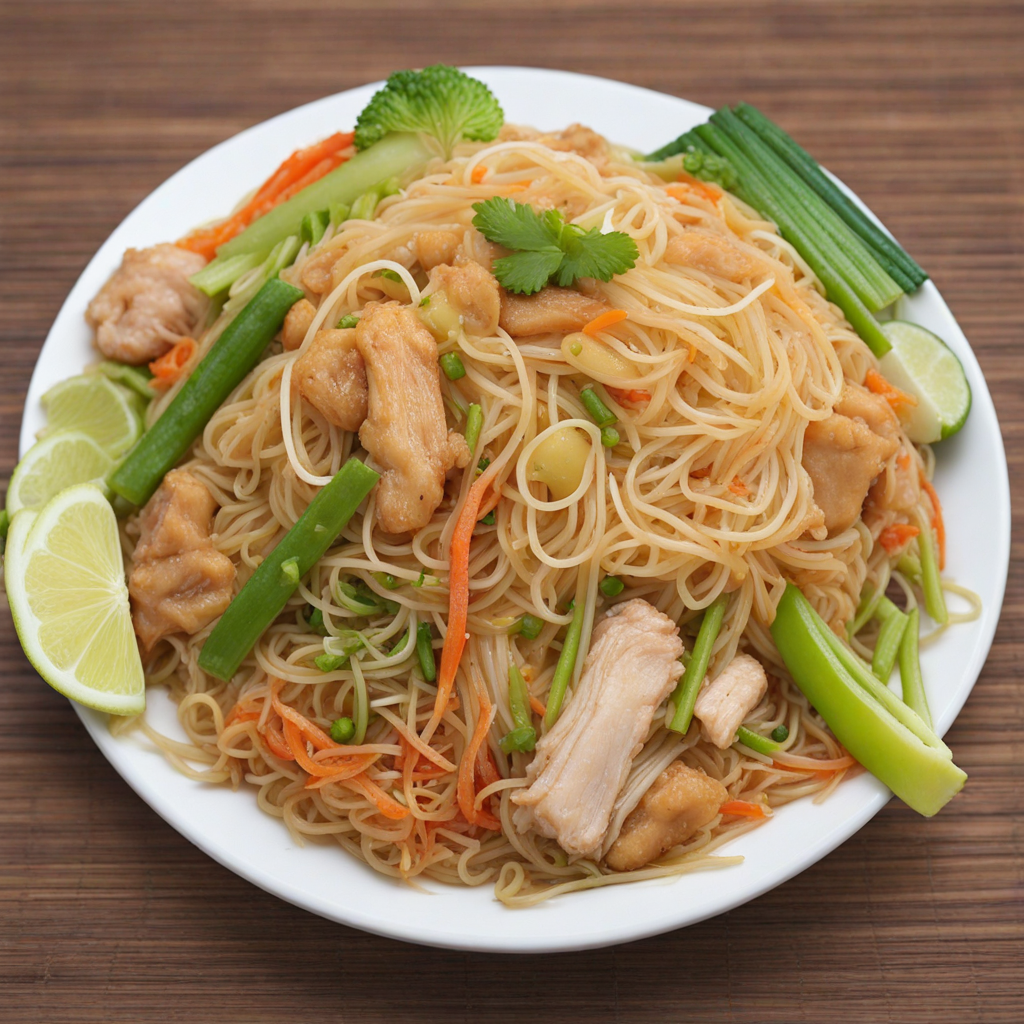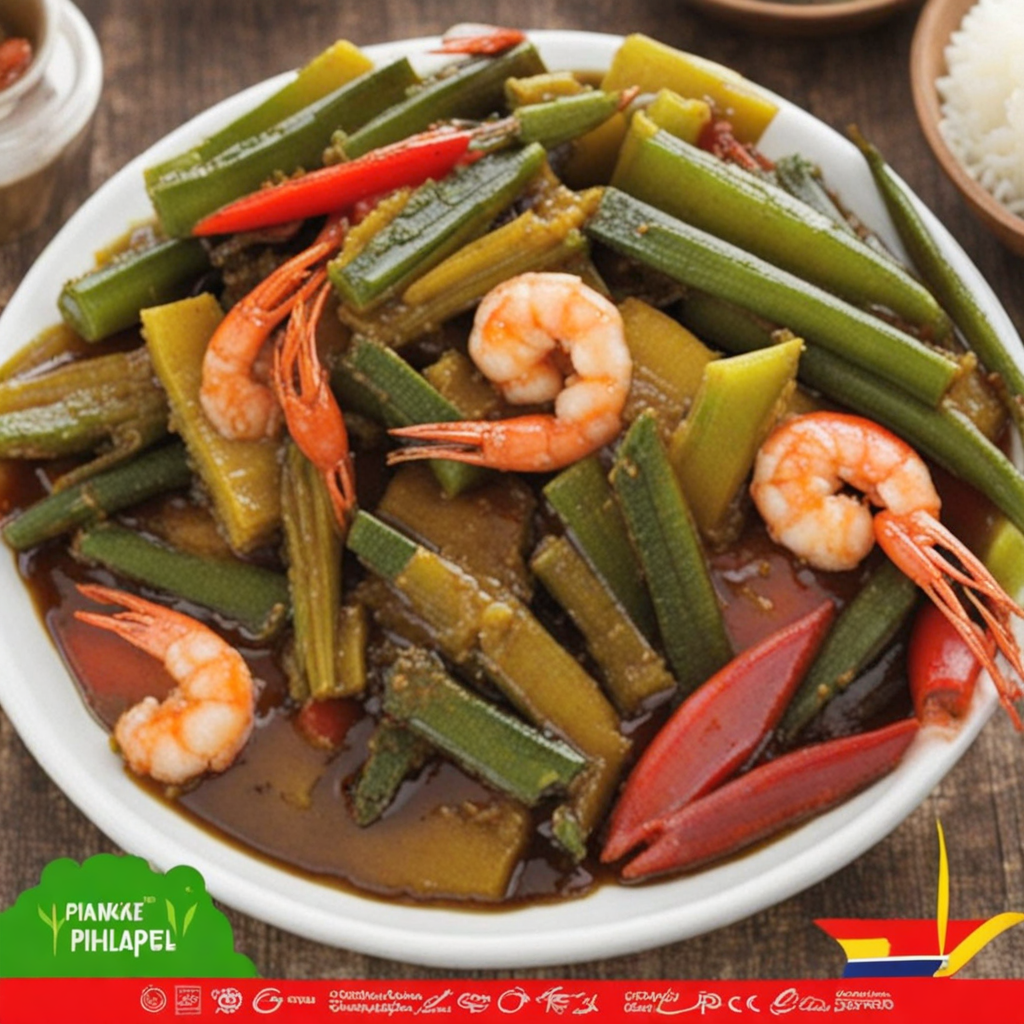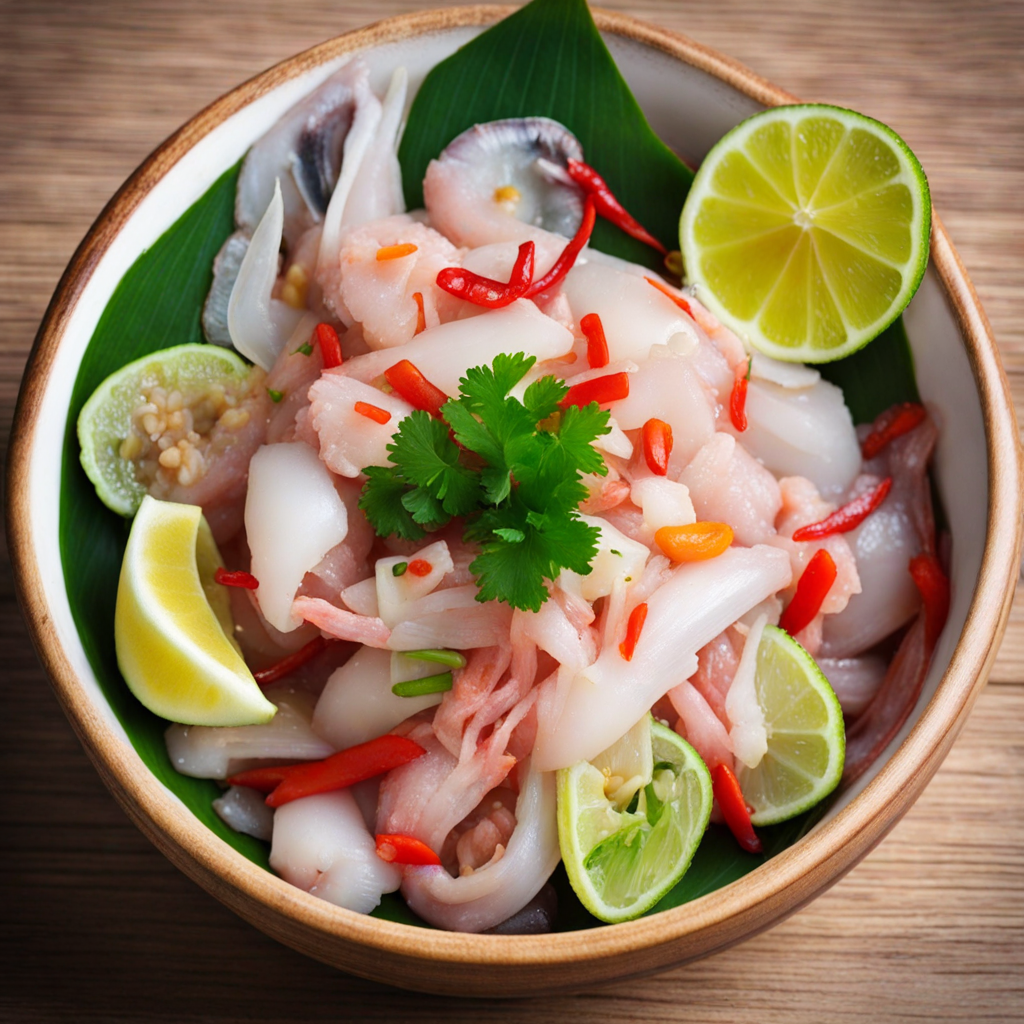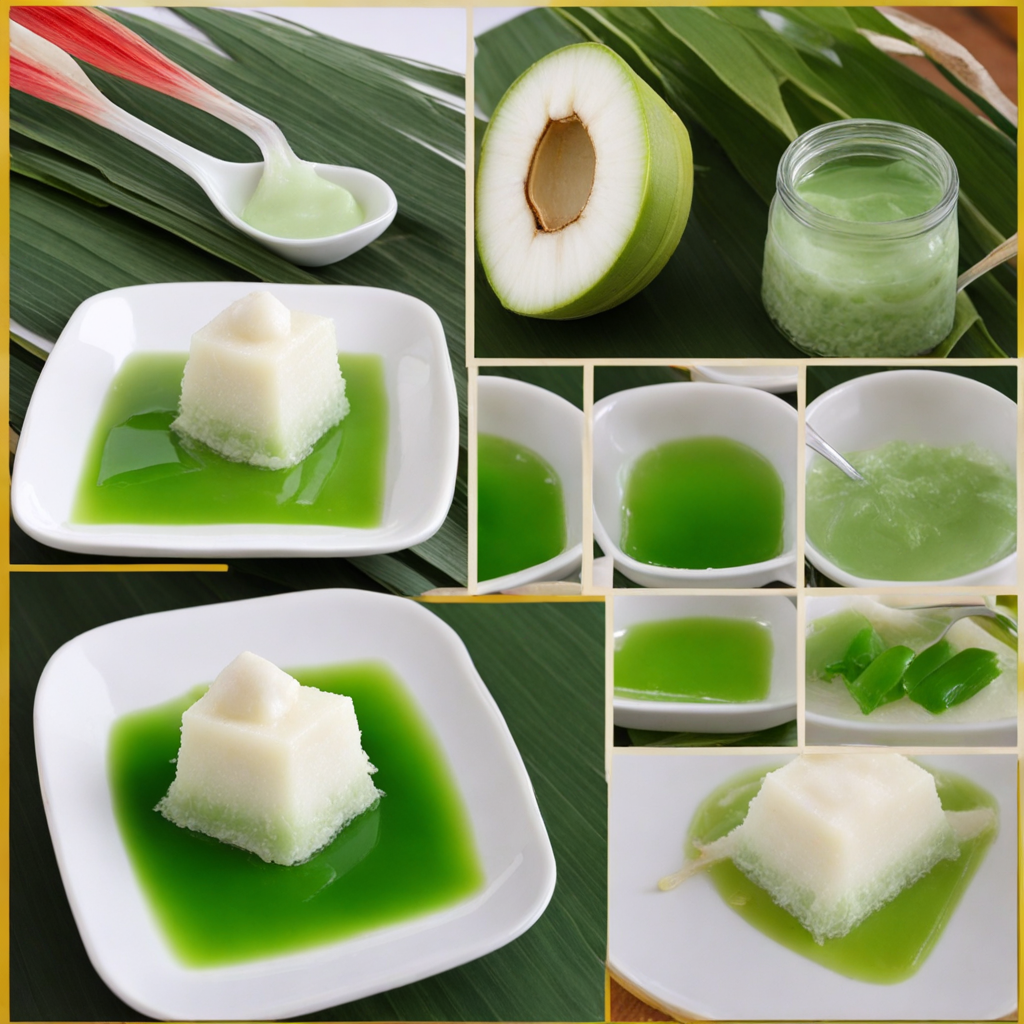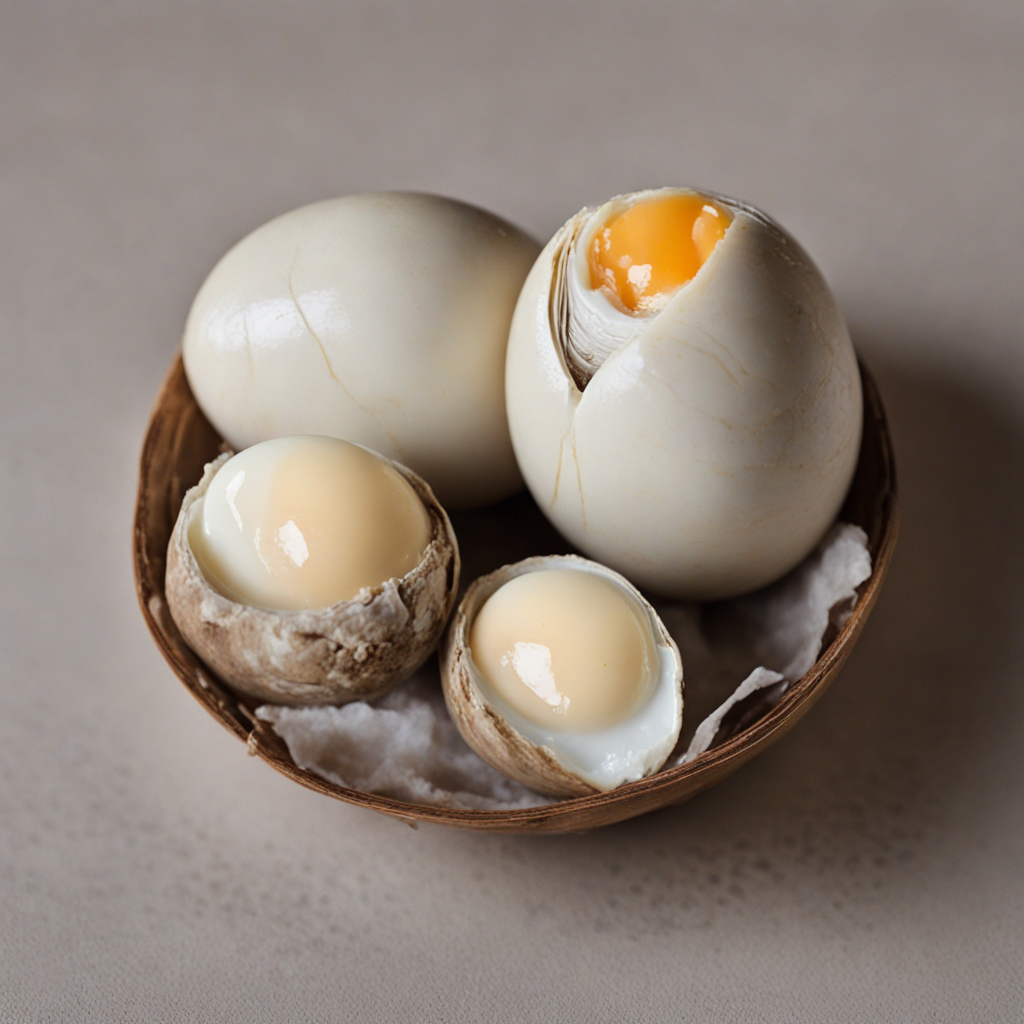Pancit
Pancit is a beloved Filipino dish that showcases a delightful medley of flavors and textures, making it a staple in Filipino celebrations and daily meals alike. At its core, Pancit refers to various types of noodle dishes, each with its own unique twist. The most popular variations include Pancit Canton, a stir-fried noodle dish made with egg noodles, and Pancit Bihon, which uses thin rice noodles. Both are typically tossed with a colorful array of vegetables such as carrots, cabbage, and bell peppers, as well as proteins like shrimp, pork, or chicken, resulting in a hearty and satisfying meal that is both comforting and nourishing. What sets Pancit apart is its harmonious balance of flavors, achieved through the use of soy sauce, oyster sauce, and sometimes a splash of calamansi juice, which adds a refreshing citrusy zing to the dish. The noodles are cooked to perfection, offering a slight chewiness that pairs wonderfully with the tender vegetables and savory meats. The dish is often garnished with slices of hard-boiled eggs and green onions, providing an extra layer of visual appeal and flavor. The combination of ingredients not only brings out an explosion of taste but also represents the rich culinary heritage of the Philippines. Pancit is more than just a delicious meal; it also carries cultural significance. Traditionally, it is served during birthdays and special occasions, symbolizing long life and prosperity. Sharing a plate of Pancit with family and friends brings a sense of togetherness and joy, making it a dish that transcends mere sustenance. Whether you find it at a street market, a local eatery, or a family gathering, Pancit promises an unforgettable dining experience that invites you to savor the vibrant flavors of Filipino cuisine.
How It Became This Dish
Pancit: A Journey Through Time and Flavor in the Philippines Pancit, a beloved staple of Filipino cuisine, is more than just a dish; it is a vibrant reflection of the Philippines' rich history and cultural tapestry. As a noodle dish that comes in many varieties, pancit has become synonymous with celebrations, family gatherings, and the warmth of Filipino hospitality. To understand the essence of pancit, one must explore its origins, cultural significance, and evolution through time. #### Origins: Noodles and the Influence of Trade The story of pancit begins long before the arrival of the Spanish in the 16th century. Noodles, with their roots tracing back to ancient Asia, were likely introduced to the Philippines through trade. The earliest evidence of noodles dates back to 2000 B.C. in China, where they were made from wheat or rice flour. As trade routes expanded, these noodles made their way across Southeast Asia, arriving in the Philippines. The term "pancit" itself is derived from the Hokkien word "pian e sit," which means "something conveniently cooked." This etymology underscores the adaptability of the dish, which can be prepared quickly and in various ways, making it suitable for different occasions. The early Filipino adaptations of noodles were influenced by Chinese culinary techniques and ingredients, leading to a fusion that would evolve into the pancit we know today. #### Cultural Significance: More Than Just a Meal Pancit holds a special place in Filipino culture, often served during significant life events. It is a symbol of long life and good fortune, making it a staple at birthdays, weddings, and other celebrations. The belief that eating noodles brings longevity is deeply ingrained in Filipino tradition, where the long strands of rice or egg noodles represent a long and prosperous life. In addition to its role in celebrations, pancit serves as an everyday meal that embodies the spirit of community. It is not uncommon for families to gather around a large platter of pancit, sharing stories and laughter as they enjoy the dish together. The communal aspect of eating pancit fosters connections among family members, friends, and neighbors, highlighting the importance of togetherness in Filipino culture. #### Varieties of Pancit: A Culinary Mosaic As the dish spread across the archipelago, it adapted to the diverse regional ingredients and preferences, leading to a plethora of pancit varieties. Each region has its unique take on this beloved dish, shaped by local flavors, cooking techniques, and cultural influences. Here are some of the most popular types of pancit: 1. Pancit Canton: Perhaps the most recognized variety, pancit canton features egg noodles stir-fried with an array of vegetables, meats, and seafood. Its vibrant colors and savory flavor make it a favorite at celebrations. 2. Pancit Bihon: Made with thin rice noodles, pancit bihon is sautéed with soy sauce, vegetables, and proteins like chicken or shrimp. Its delicate and slightly smoky flavor appeals to many, making it a staple at various gatherings. 3. Pancit Malabon: Originating from the coastal city of Malabon, this version is distinct for its thick rice noodles and rich seafood sauce made from shrimp and crab. Topped with hard-boiled eggs and vegetables, it’s a feast for both the eyes and the palate. 4. Pancit Palabok: Known for its vibrant orange sauce made from sautéed garlic, shrimp, and achuete (annatto seeds), pancit palabok is often garnished with chicharrón (crispy pork skin), hard-boiled eggs, and green onions. This variant is a nod to the Spanish influence on Filipino cuisine. 5. Pancit Habhab: A regional specialty from the province of Quezon, pancit habhab is unique in that it is traditionally eaten without utensils, served on banana leaves and enjoyed directly with the hands. The dish features stir-fried rice noodles and is usually seasoned with soy sauce and vinegar. These variations reflect the diversity of Filipino culture and regional identities, showcasing how a single dish can transform based on local ingredients and traditions. #### Evolution Over Time: From Tradition to Modernity As the Philippines entered the 20th century, the culinary landscape began to change. The influence of American colonization introduced new ingredients and cooking methods, leading to further evolution of pancit. The incorporation of processed foods, like canned goods and instant noodles, provided new avenues for creativity, resulting in dishes that appealed to younger generations. In contemporary Filipino society, pancit continues to thrive, transcending traditional boundaries while still honoring its roots. It is not uncommon to find pancit on restaurant menus, served alongside international dishes, or even as a fusion dish in contemporary culinary settings. Chefs are experimenting with flavors and presentations, introducing elements like truffle oil or gourmet toppings, giving pancit a modern twist while preserving its traditional essence. Moreover, the globalization of food culture has allowed pancit to reach international audiences. Filipino communities around the world celebrate their heritage through food festivals, pop-up restaurants, and social media, sharing their love for pancit with a global audience. Online recipes and cooking shows have further popularized the dish, encouraging home cooks to try their hand at making it. #### Conclusion: A Dish of Heritage and Heart Pancit embodies the journey of the Filipino people—one marked by trade, cultural exchange, and adaptation. From its humble beginnings as a Chinese noodle dish to its status as a symbol of celebration and community, pancit is a testament to the resilience and creativity of Filipino culture. Whether served at a grand feast or enjoyed in the comfort of home, pancit remains a cherished dish that brings people together, bridging the past and present in every flavorful bite. As the world continues to evolve, so too does pancit, forever a beloved favorite that nourishes not just the body, but also the spirit of togetherness and tradition.
You may like
Discover local flavors from Philippines


